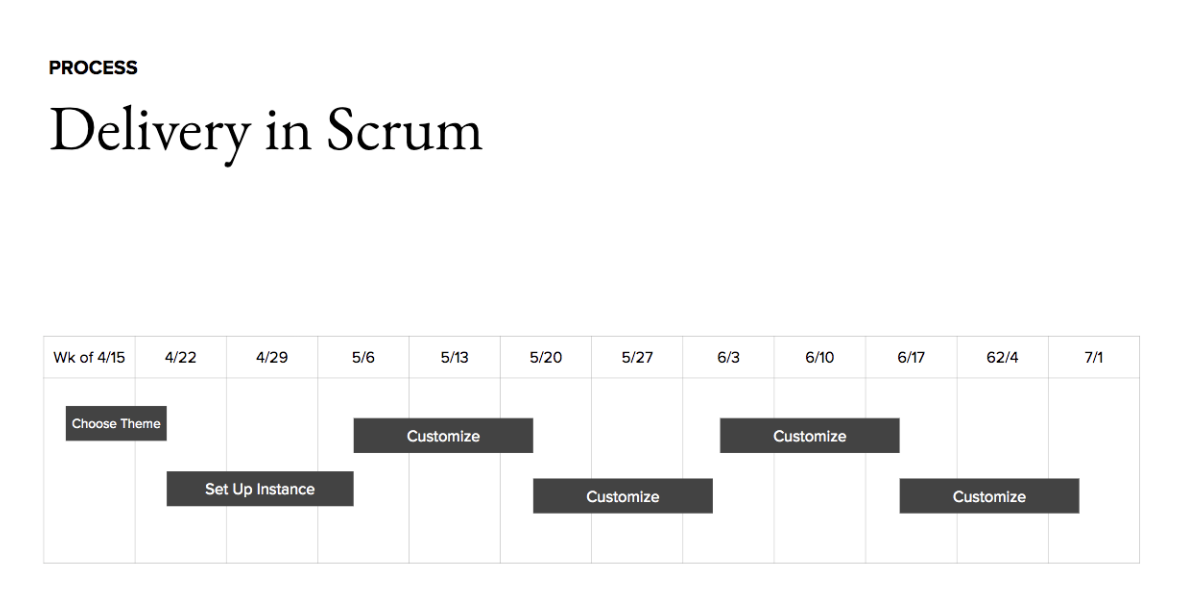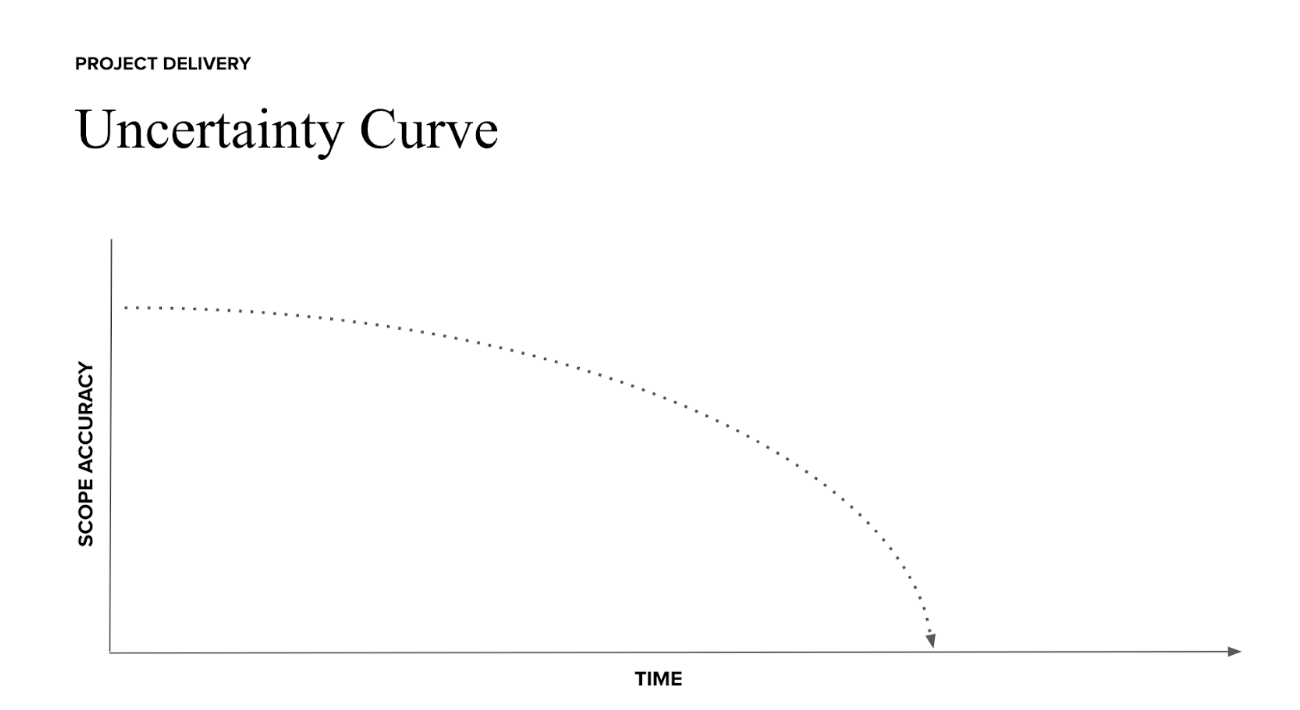An Inside Look at Faherty’s Agile Project Delivery
5 Min Read
The term Agile is so buzzy right now. It’s the popular delivery model that everyone wants to be, but few outside the project management realm truly understand.
Allow us to decode this for you. I’ll take you along the way of an Agile site redesign Corra recently completed (in record timing). We delivered Faherty’s new site on Shopify Plus, with all of its complex theme customizations in five sprints (we’ll get to exactly what all that means later on).
Sidenote: Sprints are two week long time-boxed periods where we work to complete a pre-set amount of work. They’re designed to breakdown complex projects into bite-sized pieces. The Scrum-master facilitates these sprints by holding daily 15-minute meets, weekly kickoffs and demos to prevent any potential roadblocks, facilitate communication and cut inefficiencies.
Now let’s cover the basics. Agile is a set of principles and Scrum is a framework that’s built around those principles. The Agile principles are as follows:
- Individuals and interactions over processes and tools
- Working software over comprehensive documentation
- Customer collaboration over contract negotiation
- Responding to change over following a plan
Scrum is a software development framework developed to evolve products that already exist with in-house teams. For Corra’s implementations, we aren’t working on a product that already exists (we’re creating them from scratch). We also aren’t working with purely in-house teams. Yes, our work is done by all Corra employees without outsourcing, but our clients are the most important parts of our teams. It is their goals that drive the project priorities. So the dynamic is fundamentally different.
Corra has our own proprietary adaptation of the Agile MVP delivery model. The first priority should be to get a minimum viable product (MVP) up and running as soon as possible, and then iterate and refine in the following sprints. In Faherty’s case, we had a transactional site up and running in under 3 weeks.


The remaining sprints consisted of complex customizations. At the beginning of each two week segment, we sat down with the Faherty team and pitched customizations to prioritize.
We then locked them in and spent the next two weeks bringing those priorities to life. At the end of the fortnight, we ran through a demo with them.
This method obeys the principle of the uncertainty curve. What is the uncertainty curve, you ask?


The uncertainty curve illustrates that humans are very good at knowing what they need to do next. And the next thing after that, etc. But ultimately, there’s a horizon beyond that, where you’re just making educated guesses. At Corra, we start with the known knowns. And we don’t waste time planning specific details further in the project that we’re uncertain about. This is not the case with the waterfall method, which dictates that every sprint be locked in and planned out from day one, which is extremely limiting.
How does this method control costs for our clients and ensure deliverables are completed as efficiently as possible?
One of the key questions from clients I get is, “that all sounds great, John. But how do we ensure you’ll deliver on budget?”
And the simple answer is, “we’re going to control for budget with a resource plan dedicated to every sprint that’ll be updated as we go along.”
The day we go live, I can almost guarantee we’ll still have a lot of great ideas in the chamber (ways to improve the site even further for our clients). Maybe they don’t have the budget as of now, or maybe it’s not a priority. We can even roll them into TotalCare, but for right now, we’re going to fix you in and say, “after sprint X, we’re going live.” This ensures clients know exactly how much they’ll spend and that we don’t go over that.
Another sidenote: In case you were thinking, “wait, what is TotalCare?” That’s a good question. TotalCare is a flexible program providing clients with 24/7 end-to-end support. But it’s not limited to handling bugs, hosting and maintenance. We offer services like Data Analytics, SEO, UX Research, Visual Enhancements, etc. We work as an extension of your team to improve customer experience, boost conversion rates, and increase AOV.
How is Agile MVP different than other ‘more traditional’ project delivery models?


Traditional project management is bound by the ‘iron triangle.’ Each point of the triangle represents timeline, scope and budget. Now, even in a perfect world, where nothing changes and everything goes as planned, we don’t want to be bound by this triangle. We want to come in under budget and timeline, if possible.
We also want to be flexible with our scope. So, when a client comes to us with some revolutionary new idea during the project, we can easily adapt and accommodate it.
Under the waterfall method, you’ll want to solidify all of the scope before you start the project. On day one, if you’re on top of everything, you’ll have a project plan prepared with every resource and day planned out. It’s great for those who want a safety blanket in the form of a day-by-day schedule, but it really boxes you in.


Corra’s found a sweet spot between too much planning (waterfall) that can be limiting, and ‘too Agile’ (which can be risky if your schedule is too loose). We operate with just enough planning that allows for flexibility and freedom to ideate.
Some agencies may use the term ‘sprint’ but that doesn’t necessarily mean they’re Agile. You can execute waterfall in sprints.
If a merchant is speaking with agencies that are scoping out a potential project for them, and the agency gives them a fixed scope, that’s a guarantee they’re not working in Agile. The whole idea of Agile is to be flexible with the delivery of their scope.
Throughout a project Corra’s team is accessible through daily scrums and a dedicated slack channel where clients can always reach us. If you’d like to reach us now and enquire about a future project of yours, contact us today. We’ll be happy to answer any questions about our delivery model or tell you more about our TotalCare services.

